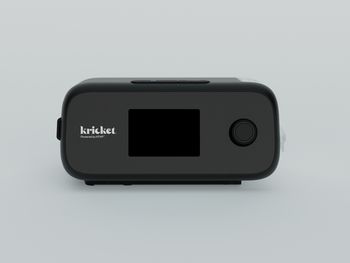
New tool identifies diabetic patients’ risk for hypoglycemia
Patients at high risk could be identified and targeted for intervention, resulting in the potential for high healthcare cost savings.
Researchers have developed a new tool that could help to classify patients with type 2 diabetes at greater risk for hypoglycemia-related utilization using only six information inputs, according to the results of a study published in JAMA Internal Medicine. This tool could help to target interventions to those patients most in need.
“Hypoglycemia is now one of the most frequent adverse events in patients with type 2 diabetes; when not treated, it can lead to falls, car accidents, heart attacks and even death,” Andrew Karter, PhD, research scientist at Kaiser Permanente Northern California’s Division of Research, told Medical Economics. “Hypoglycemia is often preventable with the proper clinical attention, and we believe this tool will help focus that attention on the patients who most need it.”
To develop this tool, Karter and colleagues created a classification tree based on potential predictors of hypoglycemia-related emergency department (ED) or hospital use. This tree was transcribed into a tool and tested in one internal and two independent external samples. Internal testing was done with 206,435 patients with diabetes from Kaiser Permanente Northern California (KPNC), and external testing was done with 1,335,966 Veterans Health Administration and 14,972 Group Health Cooperative patients with type 2 diabetes.
The tool was based on six patient-specific variables: total number of prior episodes of hypoglycemia-related ED or hospital utilization; number of ED encounters for any reason in the prior 12 months; insulin use; sulfonylurea use; presence of severe or end-stage kidney disease; and age younger than 77 years. Based on responses, patients were classified as high (>5%), intermediate (1%-5%) or low (<1%) risk.
Within the internal sample, the crude annual rate of at least one hypoglycemia-related ED or hospital encounter was 0.49%. Risk classification was 2% for high-risk, 10.7% for intermediate risk, and 87.3% for lower risk. The 12-month hypoglycemia-related utilization rates were 6.7%, 1.4%, and 0.2%, respectively, among these three groups. The tool had good discrimination in the internal validation sample (C statistic =0.83) and both external samples (Veterans Health C statistic=0.81 and Group Health C statistic =0.79).
“What is most interesting about this research is that for the first time, we now have the means to identify patients at greatest risk of ending up in the hospital due to hypoglycemia,” Karter said. “The most promising prospect is that health systems like Kaiser Permanente can use this tool and data from the electronic medical record to identify and then effectively intervene and hopefully prevent future hypoglycemic events.”
In addition, more widespread use of this tool could result in cost-savings for the health care system, according to James Dudl, MD, associate investigator of endocrinology at Kaiser Permanente.
Hospital and ED utilization costs of hypoglycemic episodes could be re-captured to finance a prevention program that includes utilizing this tool, Dudl explained.
“In 2011, type 2 diabetic U.S. Medicare patients alone accounted for 27,850 admissions for hypoglycemia,” Dudl said. “If each admission is valued at a referenced $17,564/admission there would be $489,157,400 of potential savings from this source alone, and decreases in ED visits could add considerably more. Using this program to identify those patients most at risk to have one of these events would be the first step.”
Newsletter
Stay informed and empowered with Medical Economics enewsletter, delivering expert insights, financial strategies, practice management tips and technology trends — tailored for today’s physicians.







